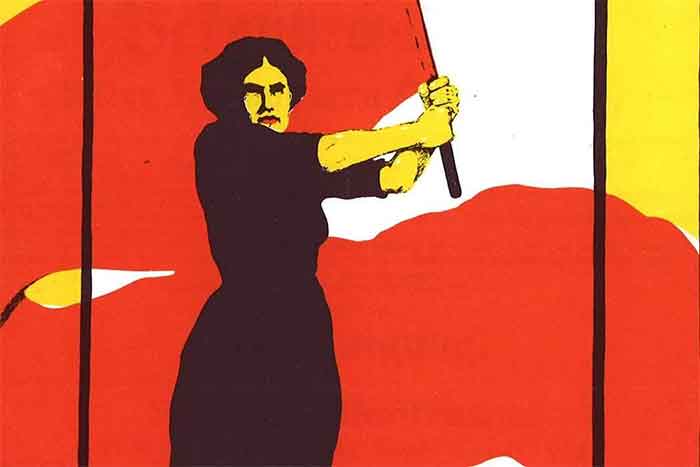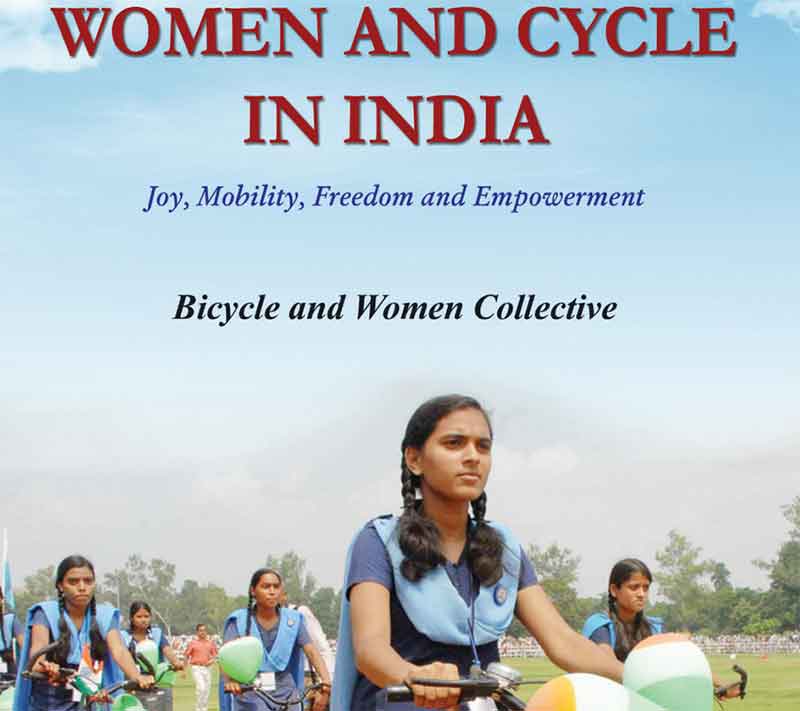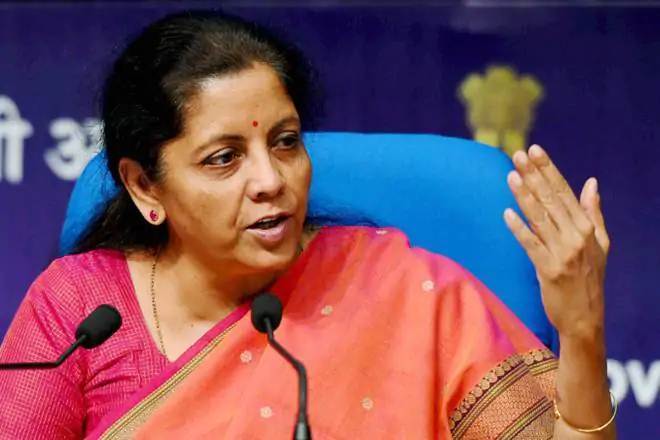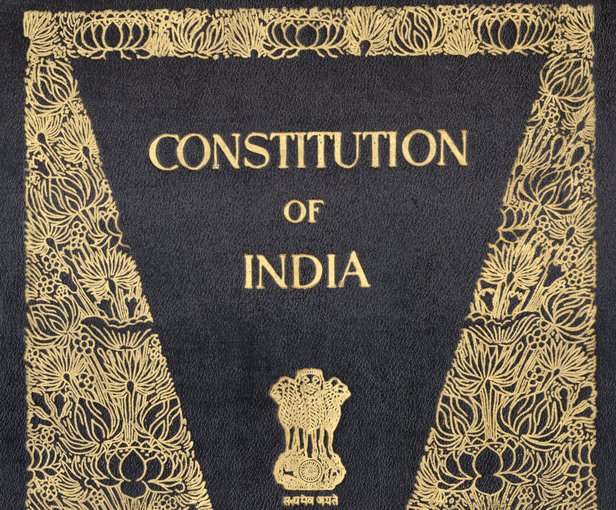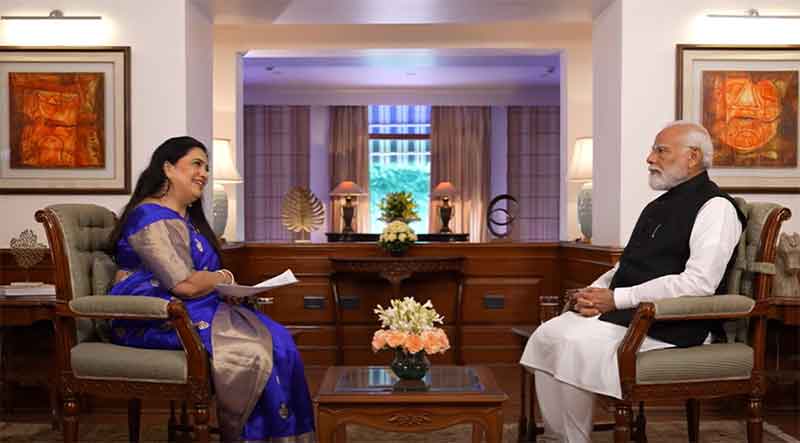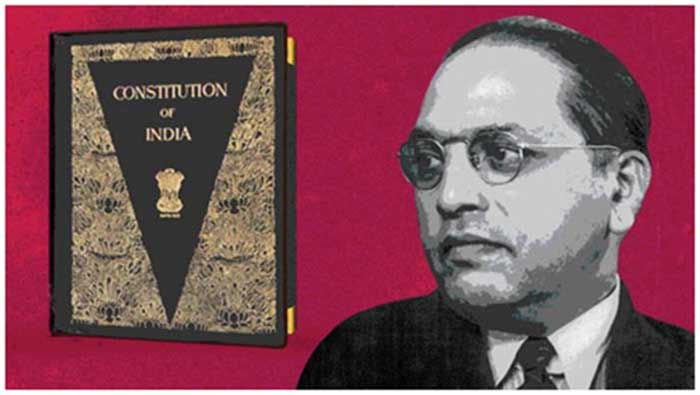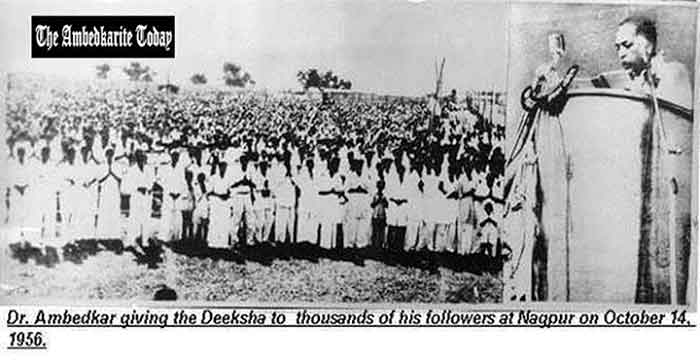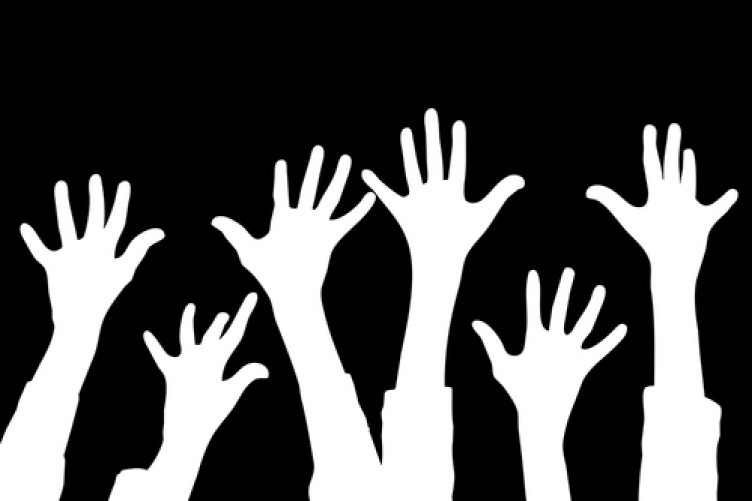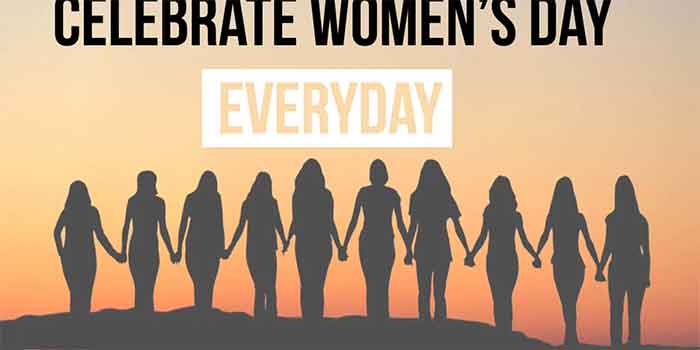
Once again, that time of the year.
On Women’s Day, every company worth their salt offers deals and discounts. Business companies are preparing for the day with shopping, complimentary makeovers, and a throng of mehndi artists lining their gleaming hallways. As a clear case of preaching to the choir, several events are planned to discuss women’s rights at opulent five-star hotels to a supremely powerful and privileged audience. Does Women’s Day only focus on pampering and elevating women? Has it become another checkbox activity for the group’s “diversity” initiatives? What about representation and affirmative action for the women in our society who are underprivileged?
I’ve never felt comfortable accepting gifts on Women’s Day since I considered myself somewhat undeserving of them. What had I done to earn that gift other than the fact that I was born a woman? The fact that the guys were always excluded from all such scheduled activities, which I considered unfair and a little contentious, was also pretty awkward. Why should a specific gender be excluded when men and women depend on each other for their success? Are we investing in female privilege to combat male privilege? I believe that such a strategy would be detrimental to the conversation about “equality.” Men are my companions in this journey, not my adversaries.
There isn’t any such thing as a free lunch in this world. Of course, International Women’s Day is not about a hash tag or a gift basket full of cosmetics that you should utilize to emphasize your inner beauty as per culture. It’s about having equal rights being respected, and not having to worry about things like being attacked in a dark alley, getting laughed at by police when you go to the police station to report the occurrence, or getting morally policed by others after you tell them about it.
Why is Women’s Day observed?
The workplace is where Women’s Day originated. Women garment workers in New York went on strike in 1908 to protest the circumstances of their jobs. Women’s Day was first observed in the USA in 1909. [1]It eventually became a global movement for women’s rights and equal voting rights. Rallies were organized in Europe in 1911 to demand the right to vote, the ability to work and occupy public office, and end employment discrimination. Since then, a lot has been accomplished.
Nonetheless, the task that these women began is still ongoing. The celebrations around Women’s Day have changed over time. The genuine meaning of Women’s Day has been obscured by unbridled materialism.
So, is International Women’s Day actually helpful? This day is a celebration of the invisible sex and all the ways it suffers, even how engulfed in materialism it may currently be. We are continuously chastised for speaking about the struggles we face and forced to stay quiet about them – Got raped? Hide it. It will bring you shame. Period cramps? Sit quietly in your room, or it will bring you disgrace. Working more than your husband? Shut up; it’s your duty. Nobody will ever know how thousands of women who work in organized and unorganized workplaces are subjected to harassment. Nobody will notice how women consistently work more hours for significantly less money.
We have some fundamental problems with the way we see diversity in organizations. Making effective gender diversity action items is challenging, time-consuming, and may produce results over the long run. While this may sound like “Female hiring should be 30% of total hires in a year,” it is how we evaluate our progress in terms of diversity in the near term. Women are scarce on the Indian talent market due to demography, educational opportunities, and cultural norms. It is significant to highlight that only 27% of Indian women are employed, one of the lowest rates in the world, and disturbingly, this figure has been falling[2].
In mature markets, reality might be different. Stop assuming that the strategies employed in the West will be successful in India. This difficulty looks nearly impossible given the lopsided birth ratio, lower levels of female education, reduced involvement in the economy, and high dropout rates. Establishing high standards for diversity hiring is great, but if there aren’t enough women in the workforce, how are we going to find places to hire these women?
A recent report from the NITI Aayog said sex ratio at birth (SRB) nationwide had dropped from 906 in 2012-2014 to 900 in 2013-2015. The SRB is the ratio of girls for every 1,000 boys who are born. Normally, the SRB is around 952 girls for every 1,000 boys. Despite numerous legislative initiatives, the terrible practice of killing the girl child in the womb persists in India. When resources are scarce, the education of the boy’s child is given precedence. A girl should prioritize saving money for her wedding over paying for her education.[3]
Question arises why should feminist women who are striving for equality be given any special treatment? A startling fact is that in an average Indian household, women work more than males do. Consider this: “Think about it, an average lady of a typical household must’ve gotten up at five in the morning to send her kids to school, cook lunch for them and their spouse, overlooked other domestic tasks, and after she had already worked that day for three hours; she must’ve hopped in a bus ‘to start her day. Women still work three times as much as men do after a minor party or receiving a bouquet putting in an average of five hours each day. The narrative of each woman
Even today, most companies maintain a conservative outlook despite their outward appearance of modernity, perhaps a reflection of our patriarchal culture. More needs to be done to educate the workforce on prejudice prevention, foster an inclusive culture inside organizations, and mobilize supporters of gender equality. Women’s Day should be observed by highlighting initiatives and accomplishments that have improved the status of women both inside and outside the organization. It is important to consider how to involve employees in such projects. If I’ve been able to encourage even one woman to enter the workforce or a female coworker to advance professionally, I merit that Women’s Day gift. Women’s Day was a historic occasion that called for the protection of women’s fundamental rights. It can’t just be a calendar of entertaining activities.
Orusa Karim, Research scholar , Department of sociologyAligarh Muslim university
REFERENCES
2) https://www.census2011.co.in/sexratio.php
Notes
1) [1] https://theprint.in/opinion/pov/yes-we-still-need-a-womens-day-but-its-not-about-flowers-cards-or-discounts/862610/
2) [2] https://timesofindia.indiatimes.com/life-style/events/when-is-international-womens-day-2023-history-significance-importance-and-all-you-need-to-know-about-womens-day/articleshow/98372618.cms
3) [3] https://www.cbc.ca/news/canada/saskatchewan/opinion-internation-womens-day-pay-parity-not-marketing-1.6375876

